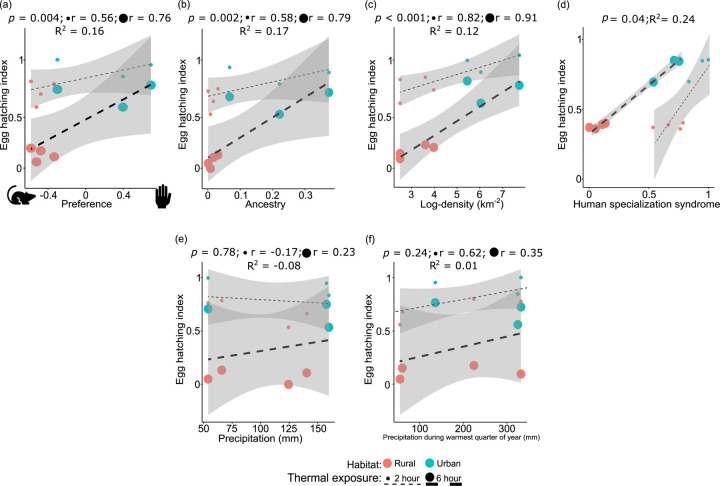Figure 5: Factors influencing egg hatching success in Aedes aegypti.
(a) The influence of host preference on egg hatching with a focus on the duration of thermal stress reveals a robust linear trend (p = 0.004). (b) The significant positive effect of ancestral origin on the egg-hatching success of Ae. aegypti mosquito eggs (p = 0.002). (c) The positive influence of density on egg hatching rate reveals that eggs originating from areas with higher human density exhibit higher hatching rates (p = 1.38 × 10−8). (d) Variables in (a), (b) and (c) can be combined in an index of human specialization syndrome, which accounts for 24% of variation in the final model ([LRT] p = 0.04). (e) Precipitation regimes (p = 0.78) and (f) precipitation during the warmest months of the year (p = 0.24) had no significant association with egg thermotolerance. ‘r’ values denote the correlation coefficient between the egg thermotolerance and the biological factors. R2 denotes the proportion of variance for egg thermotolerance associated with the specific biological factor(s). Figures were produced using R 4.2.3 and edited with Inkscape 1.3.

